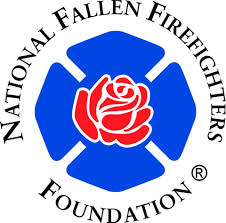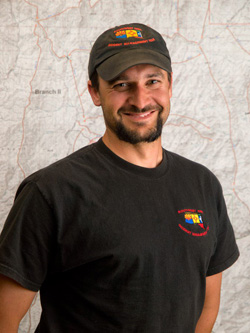Above: NASA Photographer Bill Ingalls’s camera after it was caught in brushfire caused by the launch of the NASA/German GRACE-FO from Vandenberg Air Force Base on May 22, 2018. Credit: NASA/Bill Ingalls
A camera set up by a NASA photographer, theoretically in a safe zone, to film a rocket launch at Vandenberg Air Force Base in California was consumed in a brush fire caused by the launch May 22. Firefighters on the base were able to contain the fire fairly quickly, but could not save the camera. However the memory card and the photos survived.
Below is an excerpt from an account by NASA of what happened:
“NASA photographer Bill Ingalls has been shooting for the agency for 30 years. His creativity and efforts to get unique images are well known within the agency and to those who follow it. He knows where to set up his cameras, so what explains the view from the camera, as seen in the GIF [below]?
” “I had six remotes, two outside the launch pad safety perimeter and four inside,” said Ingalls. “Unfortunately, the launch started a grass fire that toasted one of the cameras outside the perimeter.”
“The location and vegetation can be seen in the set-up picture at right. Once the fire reached the camera, it was quickly engulfed. The body started to melt. When Ingalls returned to the site, firefighters were waiting to greet him. Recognizing the camera was destroyed, Ingalls forced open the body to see if its memory card could be salvaged. It could, which is how we can see the fire approaching the camera.
“Ironically, the four cameras set up inside the perimeter were undamaged, as was the other remote. The damaged camera was one of the furthest from the pad, a quarter of a mile away.
“The “toasty” camera, as Ingalls calls it, is likely headed for display somewhere at NASA Headquarters in Washington, DC. Meanwhile, Ingalls himself will soon travel to Kazakhstan to photograph the June 3 landing of the International Space Station’s Expedition 55 crew. He expects that will be a completely normal assignment.”
Using the EXIF data on Mr. Ingalls photos we were able to determine the location of the camera. With Google Earth we found the probable site of the launch pad and created this 3-D map that shows the topography in the area. The camera was at the top of a moderately steep brushy slope that, depending on the weather and the amount of fuel available, may have resulted in a fairly hot fire as it reached the camera. The satellite image was acquired in July, 2016
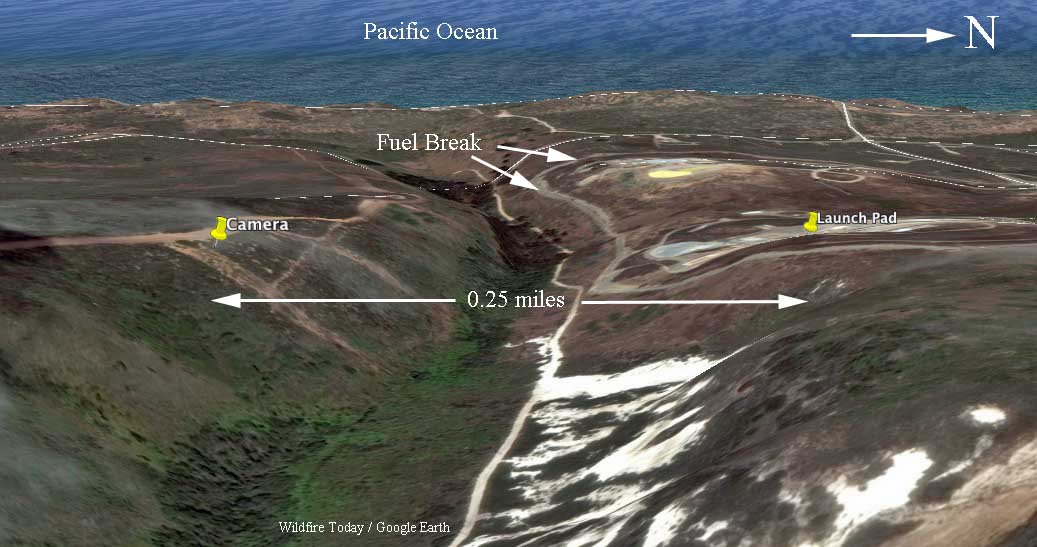
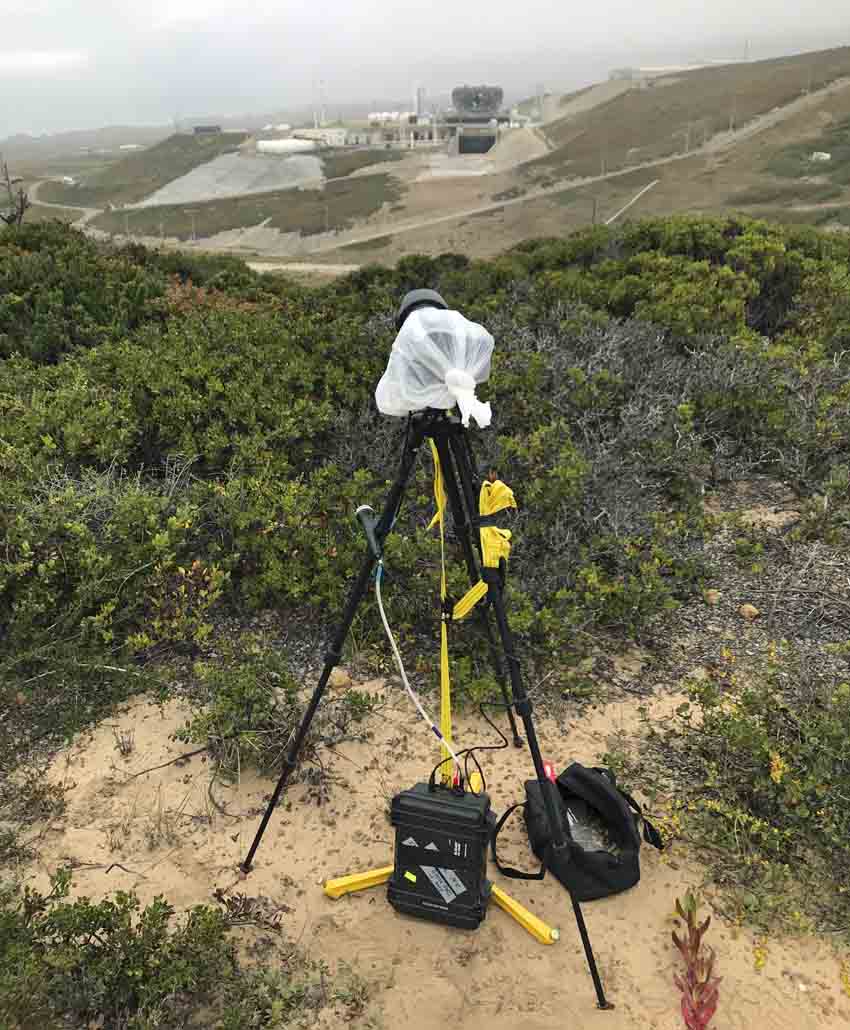
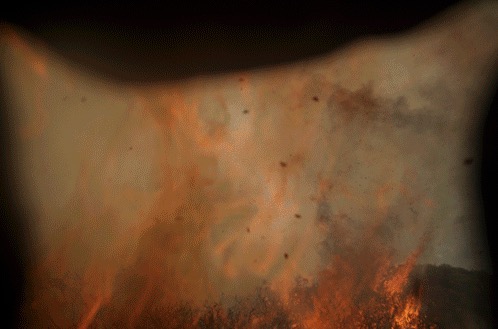
Below is an animated GIF that shows the launch, the fire approaching, and the camera starting to melt. It appears that first, the plastic glare shield that extends in front of the lens softened and drooped over the lens. From the post-fire picture above it looks like the plastic that forms the exterior of the lens assembly melted, and the lens itself may have succumbed as well. Continue reading “Rocket launch ignites brush fire, burns NASA camera”


